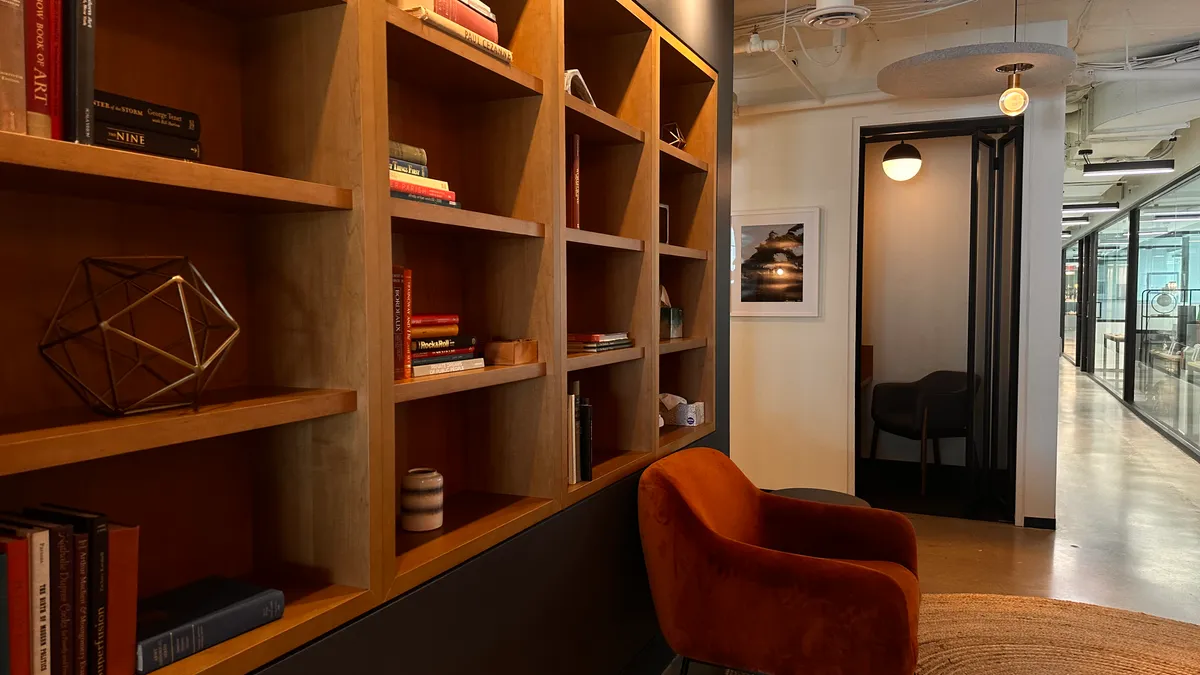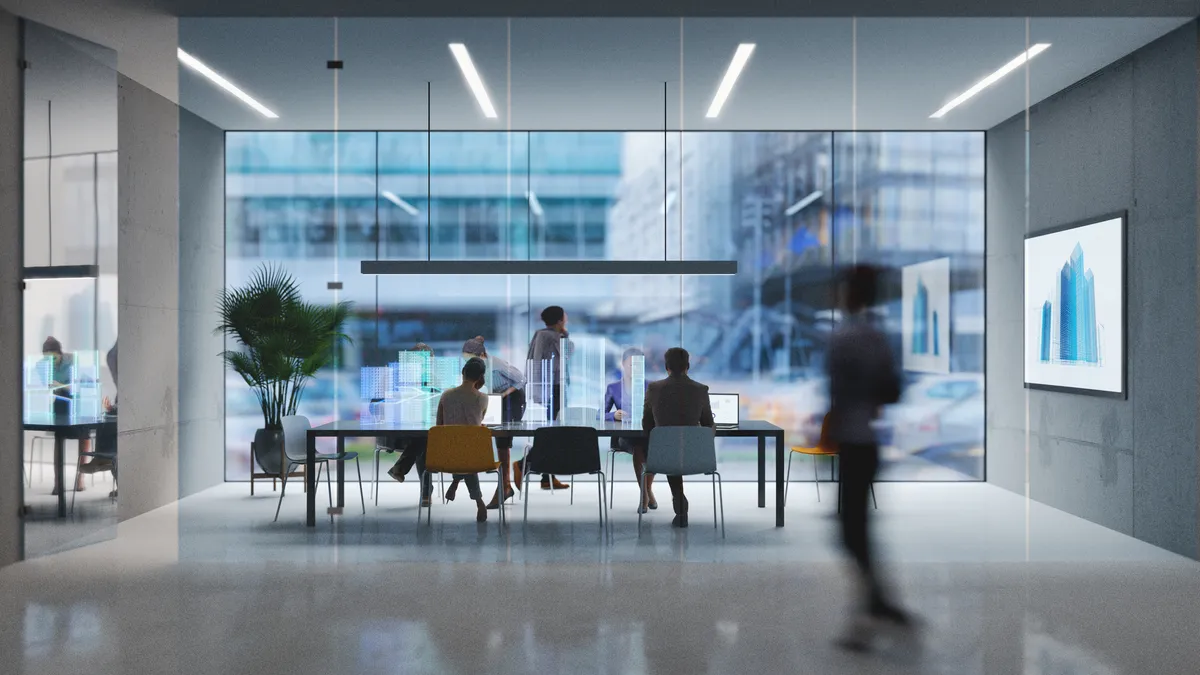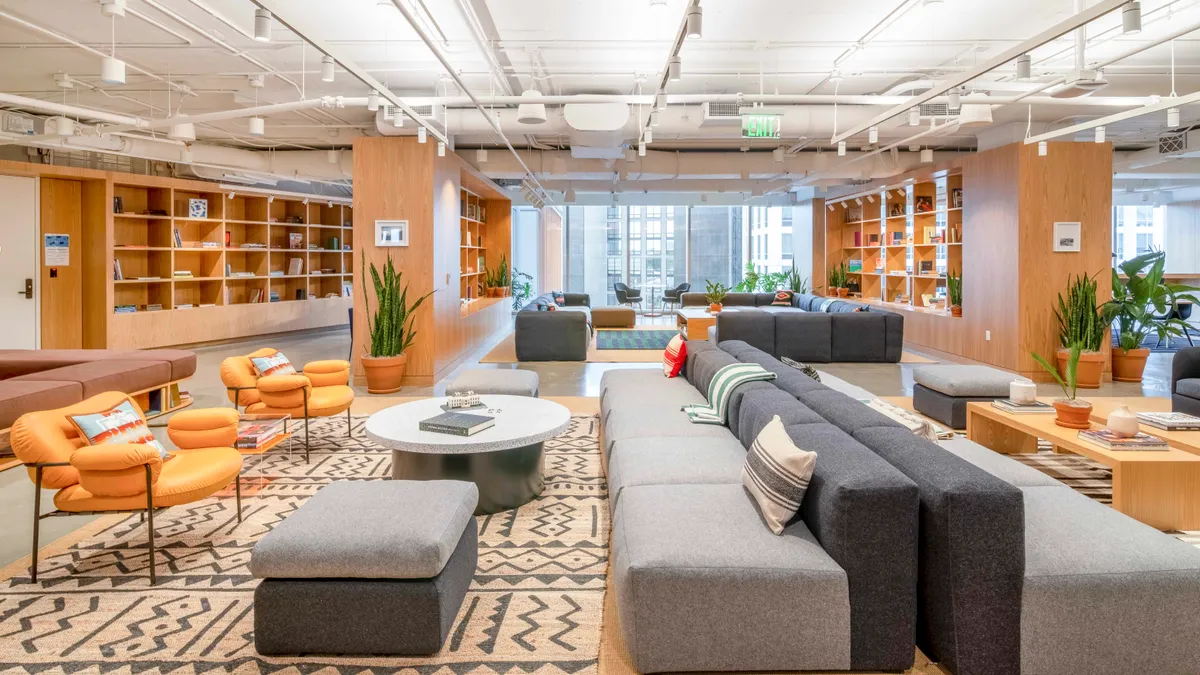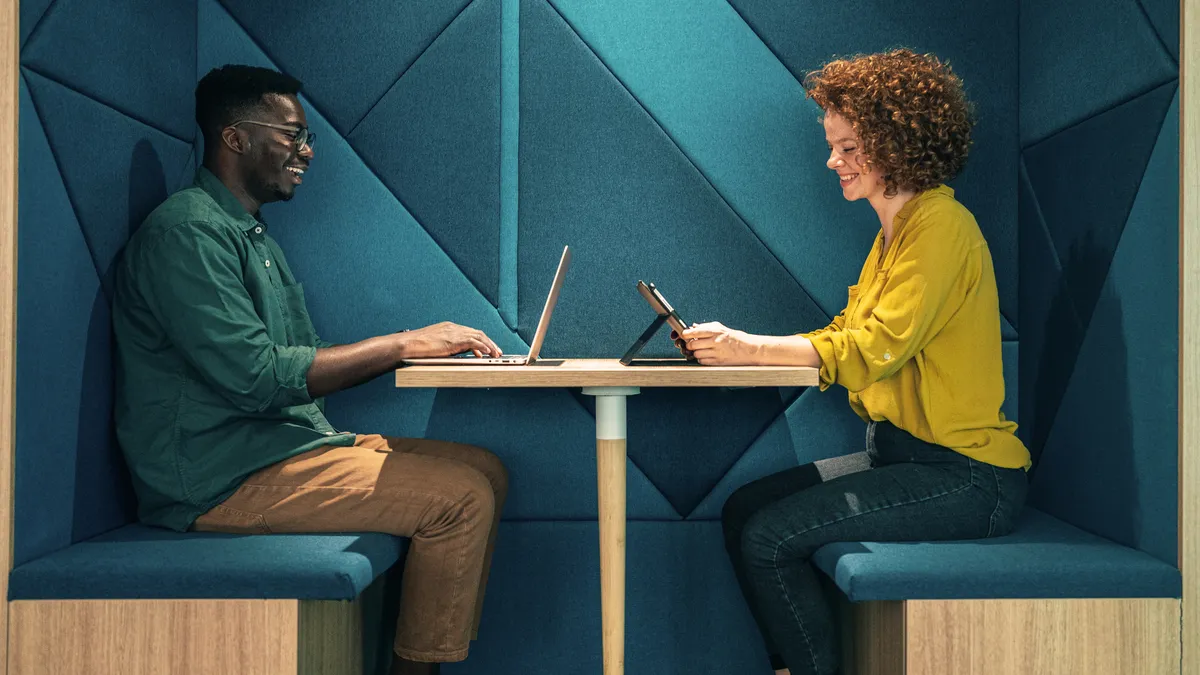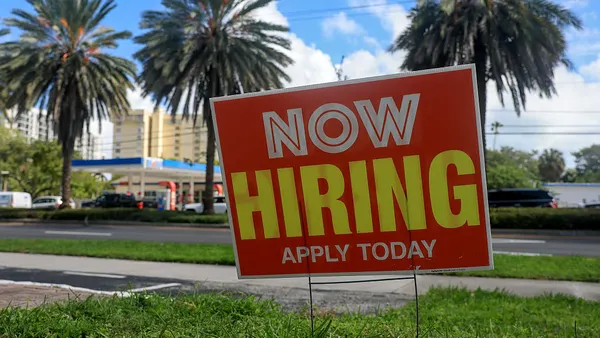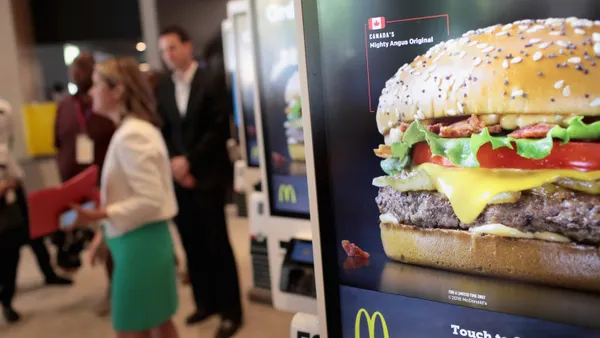This article is an installment in Caroline Colvin’s Office Space series, where they examine the future of work through the lens of “office space” — and whether pursuing a physical workplace is even worth it anymore.
About 98% of employers will have mandated a return to the office by 2024, data in an August 2023 ResumeBuilder report suggests. And at President Joe Biden’s behest, federal agencies will increase in-person work, arguably setting the tone for the private sector nationwide — and even more so for the Washington, D.C. metro area.
But what happens to workers in the district (and surrounding areas) whose company no longer leases a physical office? Or whose job is remote-capable, but the 12 walls of their apartment have grown tedious?
Tatte, Gregory’s, Joe and the Juice, Bluestone Lane, Blank Street Coffee and a smattering of esoteric D.C. hipster hotspots suffice. But many companies, big and small, as well as individuals are taking to coworking or “flexible office” spaces.
The D.C. coworking landscape
Pre-pandemic, the Georgetown location of the now-infamous coworking service The Wing may have really taken flight. The pastel pinks, emerald greens and understated mustards, with private rooms named after women in politics and velvet upholstery everywhere could have been a hit — though it has since been totally shuttered.
Instead, K Street’s Mindspace, Hera Hub in Tenleytown, The Yard in Eastern Market and Spaces in NOMA dominate the best-reviewed and revered coworking spaces.
There’s also the old standby of WeWork. Despite its embattled history, WeWork has become synonymous with coworking globally, boasting a Fortune 500 client roster of Amazon, Airbnb, Google, Netflix and Uber. In the D.C.-Maryland-Virginia (DMV) area, its reach stretches as far northwest as Bethesda and as northeast as UMD, with Ballston its southernmost location west of Washington and a spot in Navy Yard holding down the southeast.
“In a matter of months in 2020, the centuries-old standard way of working was flipped on its head,” former WeWork CEO Sandeep Mathrani said in an open letter earlier this year. “Macroeconomic factors have forced companies to lean into truly rethinking their office [or] workplace strategy, with an eye towards optimizing costs and relieving pressure from their balance sheet.”
Mathrani shared a few key findings in his letter; for example, he observed that regardless of company size, employers have valued the ability to “grow or shrink their space” as needed. The option of short- or long-term leases allowed companies to “optimize their real estate costs.”
Mathrani hints at “evolving business needs” and unpredictable headcount over time, likely nods to the way layoffs have ripped through tech, health care, the financial sector and real estate, among others. (Some labor experts have noted how RTO mandates are reducing headcount through ultimatums.)
And lastly, Mathrani noted that from his perspective, the value of an office “remains evident,” but the design has to be intentional.
These sentiments are echoed by Adam Finch, Industrious’ Area Manager for the DMV region. Finch explained that several members of D.C. coworking services gave up traditional spaces, which spanned some 10,000 to 30,000 square feet. Now that COVID-19 restrictions have lifted, they’ve turned to flexible office options.
Both private and public companies are competing to “convince” their employees to come back to the office, Finch said — to “create an atmosphere for their employees to want to come to work, not because they need to come to work.”
What makes employees want to work in person?
“In addition to just a cubicle, we want to provide an atmosphere of hospitality and networking and allow [talent] to still have the benefit of working from home,” Finch said. “We design our spaces to try and hit all aspects of what companies want and what’s best going to suit their employees, whether that’s private phone booths or soft seating in the common areas to network.”
Finch started at Industrious in May 2021. “I started right as the stay-at-home mandate was starting to ease,” he told HR Dive. As area manager, he has had a front-row seat to the evolution of remote work, hybrid work and return-to-office pushes in D.C.: “from empty buildings, to slowly growing more and more one-person solo offices,” to companies hosting multi-person spaces that rotate people in and out.
Not only has he been witness to Industrious’ regional expansion — he started when there were six locations in the D.C. metro area, and now there are 15 locations — but he has also observed trends in office needs from employers.
Finch brought up the desire for more privacy. “Each property has seen more drywall installed,” he said, adding that earlier builds had a lot more glass to allow “a lot of light” to flow through.” Now, Industrious seeks to strike a balance between large-capacity and small-capacity spaces within the coworking space.
The costs and benefits of RTO ultimatums
While labor experts go back and forth on whether productivity is helped or harmed by RTO, coworking spaces continue to gain popularity regardless.
In a global, post-lockdown world, WeWork stills seeks to dominate the flexible work space. From 2021 to 2022, the coworking company disclosed 18% year-over-year revenue growth. Comparing the first halves of 2022 and 2023, WeWork’s revenue is up 7%. But WeWork also expressed “substantial doubt” about its ability to keep afloat in second quarter earnings statement, citing “increasing competition in flexible space.”
The billion-dollar question for operations managers, HR leads and C-suites remains: Is the return to the office worth it? And subsequently: how is that measured?
During the hybrid work era, about one-third of workers said they’d quit if they were required to return to the office. And despite RTO mandates rapidly increasing in popularity, almost half of workers would quit if their employer issued an RTO mandate, per an August 2023 report from the Integrated Benefits Institute.
A distinct aspect of flexible office space is that connection isn’t just facilitated for some company’s “D.C. office” or “D.C. team.” Coworking spaces invite cross-company connection as well. For example, along with breakfast and snacks throughout the day, Industrious hosts happy hours.
“The happy hours allow everyone to kind of step back at the end of the day — on a Thursday or Wednesday, depending on location — really connect on a human level, away from 9-to-5 grind. [They] allow people to find commonalities and personal interests,” Finch said. “We have some members that become great friends afterward, and they'll go out beyond just our four walls.”
Correction: A previous version of this article misidentified DMV regions.



